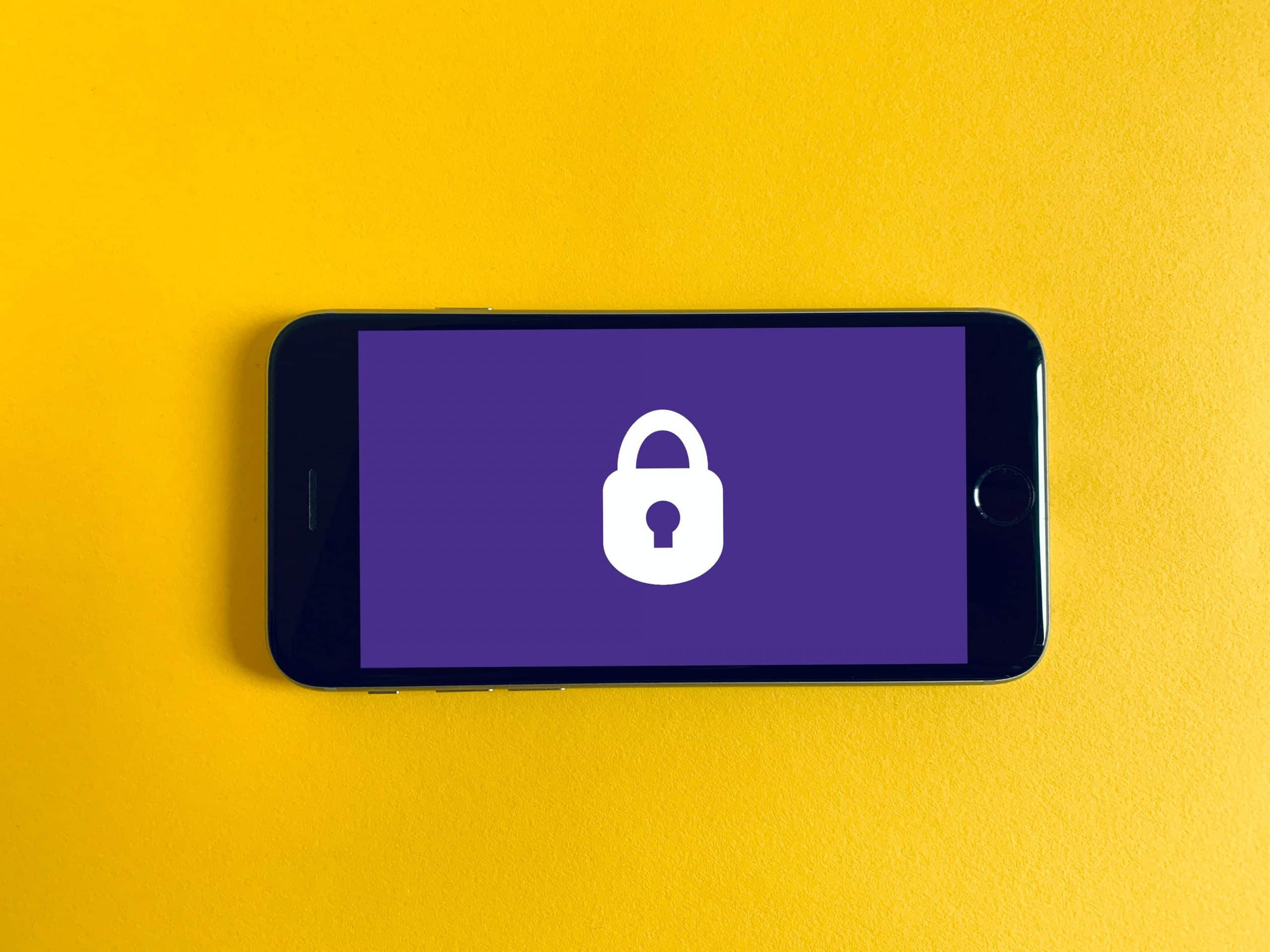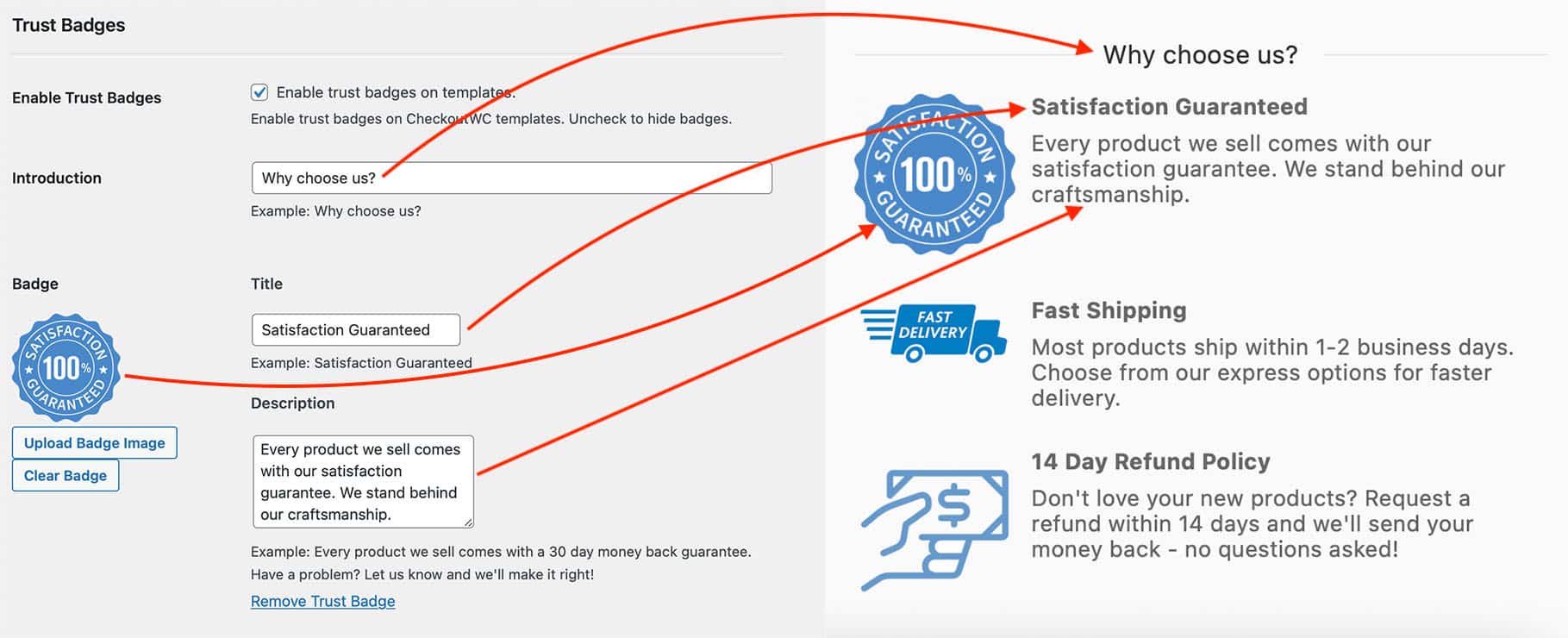A Quick Guide to Trust Badges and Why to Use Them

How does a badge make a difference to the conversions on your website?
The simple answer is by helping customers to trust in your business. Trust badges are a tool that can be used on almost any website to display your credentials for customers to see.
In the competitive ecommerce world, trust is an absolutely essential factor if you want people to buy from you. People are leery of potential scams and don’t go through with a purchase from just anyone – they want to know your company is safe.
When we talk about conversion optimization, trust badges are one feature that should be part of that conversation. Here’s a quick guide on what they are and why to use them:
What are trust badges?
Trust badges (or trust seals) are the small symbols, badges or icons you see on websites that indicate compliance, membership or use of a third-party standard or software. They are usually from third-party providers that will be known and trusted by the customer.
Trust badges tell your customers that their information is secure and that your website is reliable. They can also indicate that you’ve had to meet some sort of compliance standard in order to be accepted to use the trust seal (for example, if you belong to some kind of professional organization and display a membership seal).
There are different types of trust badges (which we’ll look at), but they all serve the purpose of giving customers the confidence to buy from you. Below are some examples of trust seals, which you’ve probably seen on plenty of websites:

What are the benefits of trust badges?
The ecommerce world has grown to huge proportions over the last couple of decades, but along with that has come some bad actors that look to use the internet to part people from their hard-earned money. Most consumers are now much more savvy of these scams and will do a bit more research into a company they find online, especially prior to their first purchase.
While ratings, reviews and customer recommendations play a huge role in that trust, so does the overall look and feel of your website. Various studies have found that there is a positive correlation between use of trust badges and an improvement in conversion numbers. Here’s one summary from a company that A/B tested their checkout page – one with a trust badge and one without. They found that the page with a trust badge led to a 42% increase in sales.
Trust badges help customers to feel more secure by giving them messages like:
- This company uses common and trusted methods of payment processing
- This website is secure and my personal details will be kept safe
- This company has met the standard for membership to a trusted organization
- This company is legit!
That’s not to say that trust badges are the only indicator of trust that help to convince people to buy. If your website design looks sketchy, you have poor quality images or your written copy is poor, you could put as many trust badges on as you like but people probably won’t trust you. Trust badges are part of an overall package of optimization on your website.
Trust badges are highly recognizable and help show customers that you are legit Share on XWhat types of trust badges are there?
Here are some different types of trust badges:
- Site security badges. These highlight that your website is protected by security software so that customer information is kept safe. Norton or McAfee badges are good examples of these.
- Secure payment icons. These often go alongside accepted payment logos and tell the customer that their payment details will be kept secure. Common payment icons also help customers to be more trusting because they have recourse through their payment provider if something goes wrong. For example, PayPal allows users to dispute transactions if there is a problem that they can’t sort out with the retailer.
- Money back guarantee trust seals. These seals usually show how long the customer is guaranteed to get their money back. Again, it helps customers feel they have some recourse if they need it so they feel more confident going ahead with the purchase.
- Free shipping badges. These help customers to feel secure that they’re not going to be surprised in the shopping cart.
- Industry awards badges. There are numerous examples of awards within different industries and displaying a seal to show you won can help to reassure customers. For example, TripAdvisor awards top contenders that fall into the travel and hospitality categories, while various organizations run marketing awards for agencies and firms.
- Membership trust badge. If your business is a member of a professional association or organization, they will often have a trust badge you can display showing your membership.
- Customer or publication logos. A display of “our customers” on your website, or “as seen in” with the logos of the businesses can help to grow trust, especially if those customers or featured publications are well-known.
Where to use trust badges
The first key place to use trust badges is on your checkout page. This is where customers are doing their last assessment of your business before either abandoning the cart or going ahead with the purchase. Placement is typically near the checkout button so that customers are reassured during the process.
Some types of trust seals (especially memberships or customer logos) may be better-placed on your home page, where more traffic lands. These can be catalysts to get people to explore your website further.
Another place to put trust badges is on any landing pages where you ask for personal information. People want to know that their details aren’t being shared around.
How to install trust badges in WooCommerce
There are a few ways to install trust badges in WooCommerce, so we’re going to start with our own software. CheckoutWC has a simple new trust badges feature that allows you to easily install them from the cart summary page in the back end of our program in WordPress. All you do is click to enable trust badges, then fill in the blanks as shown below:

If you’re operating WooCommerce “out of the box” you can use hooks and filters to add trust badges. It’s not quite as simple as our trust badge feature, but below is an example using the hook woocommerce_after_cart_totals. This puts trust badges below the checkout button:

Another alternative is to add trust badges to your website (outside of the checkout). The quick and easy way is to use a footer widget which then populates trust badges to every page on your website. All you do is choose a text widget, copy and paste the snippet that inserts your site seal into the box, then save it.
Final thoughts
Trust badges are important to use on your website because as various studies have shown, they help to give customers the confidence that it’s safe to purchase from your website. People want to see evidence that you are reputable and that you follow best practices.
Trust badges take a few different forms, including site security badges, payment icons, memberships and guarantees. Do any work better than others? That’s something you can test on your own site. Security badges tend to be among the most popular for reassuring customers that their personal details and payment information will be protected.
